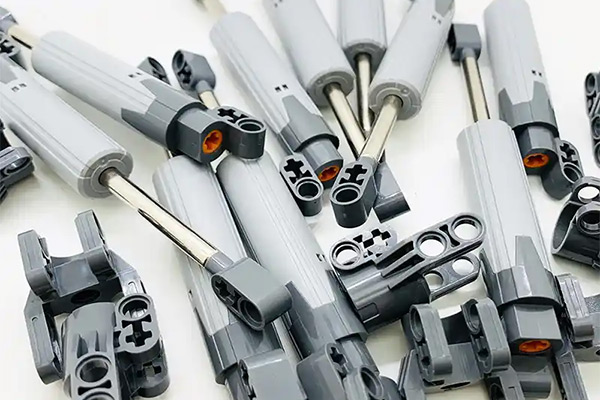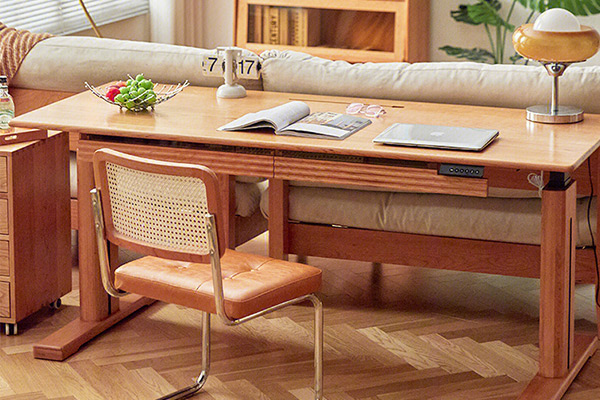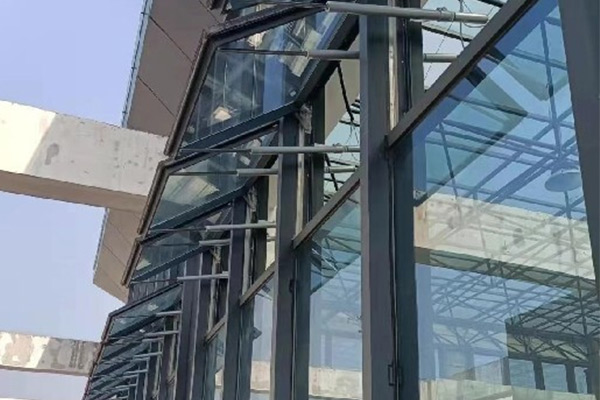Innovative Practices of Mini Electric Linear Actuators in Smart Homes and Compact Products
In today's rapidly advancing technological era, the pursuit of efficiency and compactness never stops. With the widespread adoption of the Internet of Things (IoT) and smart home technologies, there's a growing demand for devices that can precisely control movement while occupying minimal space. It's against this backdrop that Mini Electric Linear Actuators have emerged, and with their unique advantages, they're paving the way for entirely new innovative practices in smart home and compact product design.
What are Mini Electric Linear Actuators?
An Mini Electric Linear Actuator is an electromechanical device that converts electrical energy into linear motion. Unlike traditional rotary motors, it directly outputs a push or pull force and achieves precise stroke control through an internal lead screw or gear mechanism. The word "mini" emphasizes its compact size, enabling it to function in space-constrained environments. These actuators are typically driven by DC motors, offering features like low power consumption, minimal noise, and high control accuracy.
A Revolution in Smart Home Living
In the realm of smart homes, Mini Electric Linear Actuators are playing an increasingly vital role, breaking the spatial limitations of traditional home products and bringing unprecedented convenience.
● Smart Curtains and Blinds Systems: Traditional curtains and blinds require manual operation. However, with integrated mini linear actuators, users can open and close curtains automatically via a mobile app, voice assistant, or even pre-set times, achieving both privacy protection, light adjustment, and energy saving. Their small size allows the entire system to be hidden within the curtain box, maintaining the aesthetic appeal of the home.
● Hidden Appliances and Furniture: Imagine a TV cabinet that automatically lifts and lowers, or kitchen appliances that completely disappear under the countertop when not in use. Mini linear actuators make these designs possible. They can drive storage units hidden within walls or floors, or allow furniture to "emerge" when needed, significantly optimizing living space.
● Smart Door Locks and Security Systems: In some high-end smart door locks, mini linear actuators can be used to drive the extension and retraction of the bolt, enabling features like remote unlocking and automatic locking. Their compact size also allows for higher integration and a more streamlined appearance in smart door locks.
● Smart Lighting and Ambiance Adjustment: Certain smart lighting fixtures with adjustable angles or heights can achieve precise beam control through mini linear actuators, thereby creating different indoor ambiances and meeting users' personalized needs.
New Possibilities in Compact Product Design
Beyond smart homes, Mini Electric Linear Actuators are demonstrating immense potential in various compact product designs, driving miniaturization and functional integration.
● Medical Devices: In portable medical devices, diagnostic instruments, and even some minimally invasive surgical tools, mini linear actuators can provide precise push and pull forces for fluid delivery, sample processing, or positioning operations, significantly enhancing the precision and portability of these devices.
● Consumer Electronics: Certain consumer electronic products requiring retractable or pop-up functions, such as camera lenses, portable printers, or creative mobile phone accessories, can integrate mini linear actuators to achieve a more unique user experience.
● Robotics and Automation: In small service robots, drones, or other automated equipment requiring precise positioning and minute movements, mini linear actuators can provide reliable and space-friendly motion solutions.
● Industrial Automation and Micro-machinery: In industrial automation equipment or micro-machinery with extremely high demands for size and precision, mini linear actuators can be used to achieve valve control, component positioning, or assembly operations, improving production efficiency.
Challenges and Future Outlook
While Mini Electric Linear Actuators bring numerous innovations, they also face some challenges. For instance, how to balance heat dissipation, power consumption, and load capacity within extremely compact spaces; how to further improve their lifespan and reliability; and how to reduce costs for broader application.
Looking ahead, with continuous advancements in material science, motor technology, and control algorithms, Mini Electric Linear Actuators will become smaller, more powerful, and smarter. They will be deeply integrated with artificial intelligence and sensor technology to achieve more complex autonomous movements and decision-making capabilities. It's foreseeable that these tiny power sources will continue to break physical spatial constraints, driving more disruptive innovative practices in smart homes, healthcare, consumer electronics, and even more areas we haven't yet imagined, making our lives more convenient, intelligent, and efficient.
-

Innovative Practices of Mini Electric Linear Actuators in Smart Homes and Compact Products
-

Innovative Practices of Mini Electric Linear Actuators in Smart Homes and Compact Products
-

Innovative Practices of Mini Electric Linear Actuators in Smart Homes and Compact Products
-

Innovative Practices of Mini Electric Linear Actuators in Smart Homes and Compact Products

